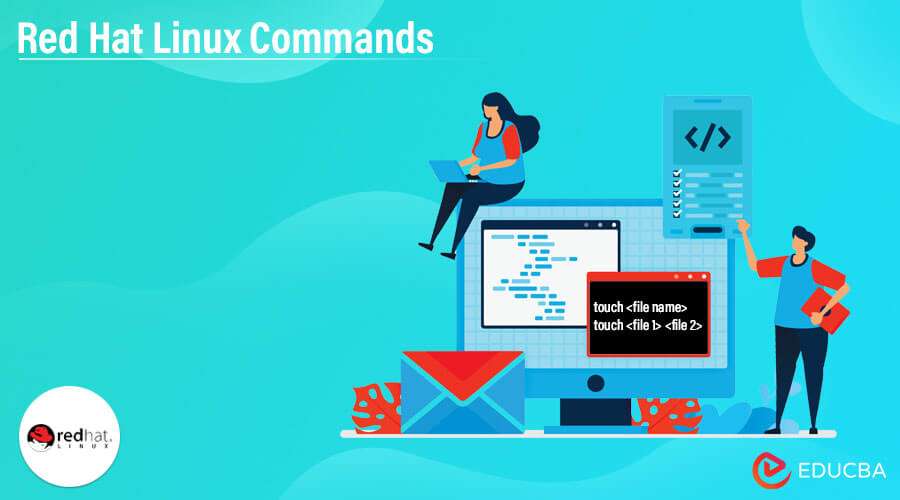INTRODUCTION: In today’s fast-paced and highly competitive technology landscape, DevOps has emerged as a crucial methodology for streamlining software development and operations. At the heart of DevOps lies the need for efficient and reliable infrastructure, and Red Hat Linux has become synonymous with stability, security, and scalability. In this blog, we will explore the significance of learning DevOps with Red Hat Linux and how this powerful combination can propel your career to new heights. Unleashing Creativity: The Symphony of DevOps with Red Hat Linux Imagine a symphony orchestra, where DevOps represents the harmonious collaboration of musicians, and Red Hat Linux serves as the revered conductor, guiding each note and inspiring awe-inspiring performances. Join us on this creative journey as we explore the captivating importance of learning DevOps with Red Hat Linux, through the lens of an orchestra. The Maestro’s Baton: Industry-Recognized Standard: In our orchestra, Red Hat Linux assumes the role of the esteemed maestro. Just as renowned conductors are revered for their expertise, Red Hat Linux stands tall as an industry-recognized standard in the technology landscape. Learning DevOps with Red Hat Linux means embracing a language that resonates with organizations worldwide, much like a conductor conducting a globally acclaimed symphony. Dancing in Synchronization: Seamless Integration and Automation: Visualize the dancers gracefully moving across the stage, perfectly synchronized to the music. In our orchestra, Red Hat Linux provides the platform for seamless integration and automation, while DevOps represents the skilled choreographers. The tools of Red Hat Linux, like Ansible, Kubernetes, and OpenShift, seamlessly integrate and automate processes, allowing the orchestra of DevOps to execute complex routines flawlessly. For example, imagine orchestrating the deployment of a complex web application. Red Hat Linux, as the conductor, uses Ansible to automate the provisioning of servers, Kubernetes to manage container orchestration, and OpenShift to facilitate continuous deployment. The result is a synchronized performance, with the application seamlessly delivered to the audience. A Harmonious Ensemble: Enhanced Security and Stability: Every great orchestra requires security and stability to deliver a captivating performance. In our symphony, Red Hat Linux plays a crucial role in providing enhanced security features and rock-solid stability. Through DevOps practices, the orchestra ensures that security is tightly woven into the fabric of every process and that stability resonates in every note. The combined power of Red Hat Linux and DevOps brings harmony and peace of mind to the performance. Scaling Crescendos: Scalability and Flexibility: As the orchestra evolves and takes center stage, the need for scalability and flexibility becomes apparent. Red Hat Linux serves as the foundation, allowing the orchestra of DevOps to scale their operations and adapt to changing demands. Through orchestration tools like Kubernetes and OpenShift, the orchestra seamlessly scales its infrastructure, accommodating growing audiences and evolving requirements. With Red Hat Linux as their ally, the orchestra achieves symphonic heights of flexibility and scalability. The Overture of Opportunity: As the symphony concludes, a standing ovation awaits the performers. Learning DevOps with Red Hat Linux opens doors to a world of career opportunities. Just as renowned conductors are sought after in the music industry, professionals with DevOps skills and expertise in Red Hat Linux are highly sought after by organizations. By mastering this symphony, you become the conductor of your career, leading teams, and orchestrating success. CONCLUSION: In the grand theater of technology, the symphony of DevOps with Red Hat Linux captivates and inspires. Just like a mesmerizing orchestra, where each musician plays their part to perfection, learning DevOps with Red Hat Linux equips you to create breathtaking performances in the world of technology. So, take your place on the stage, embrace the power of Red Hat Linux as the maestro, and let your skills as a DevOps practitioner harmonize the elements of innovation, efficiency, and creativity, creating a symphony that resonates with the world.









